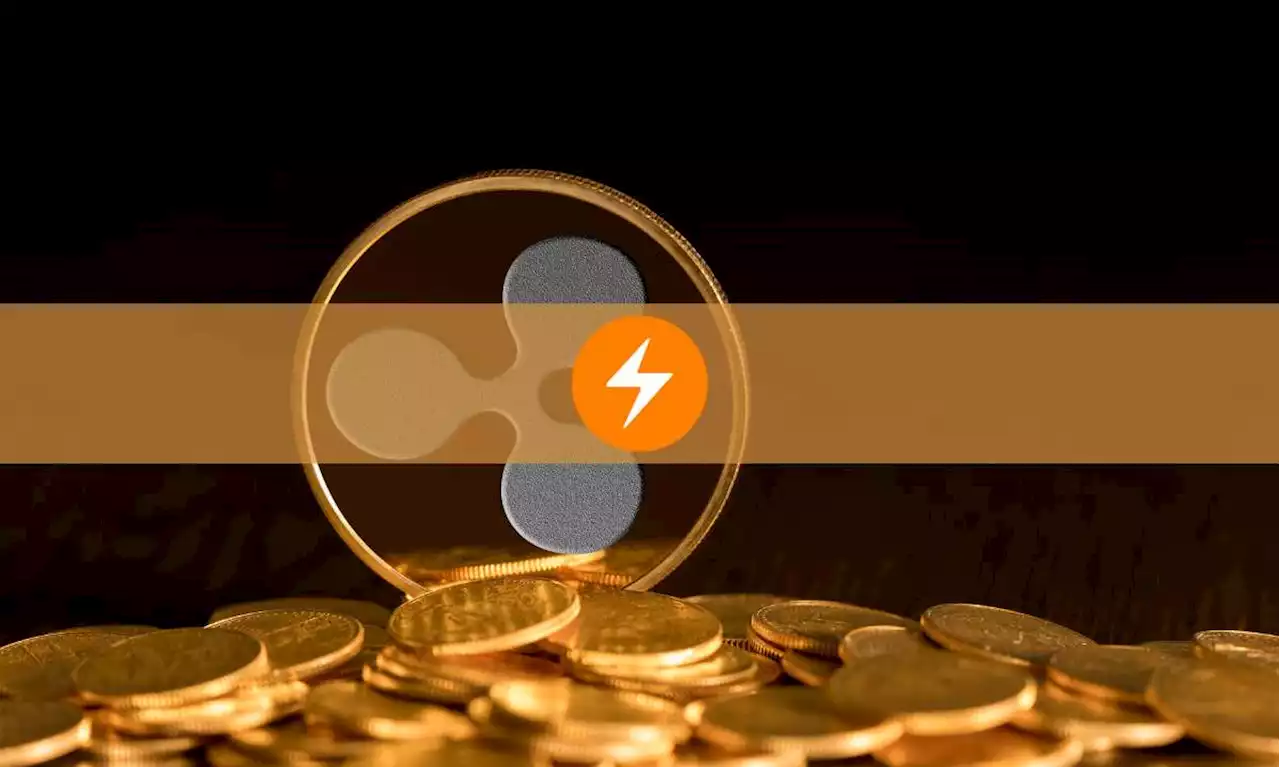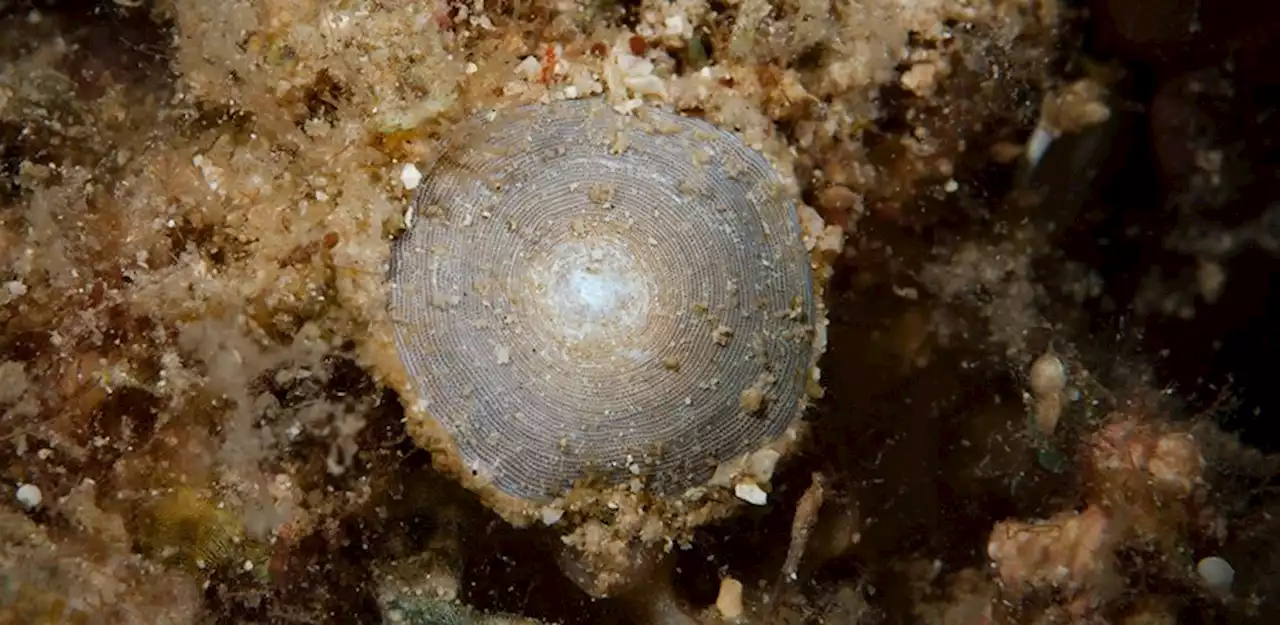A team of leading clinicians, engineers, and neuroscientists has made a groundbreaking discovery in the field of treatment-resistant depression. By analyzing the brain activity of patients undergoing deep brain stimulation (DBS), a promising therapy involving implanted electrodes that stimulate the brain, the researchers identified a unique pattern in brain activity that reflects the recovery process in patients with treatment-resistant depression. This pattern, known as a biomarker, serves as a measurable indicator of disease recovery and represents a significant advance in treatment for the most severe and untreatable forms of depression.
on September 20, offer the first window into the intricate workings and mechanistic effects of DBS on the brain during treatment for severe depression.
The research team, which includes experts from the Georgia Institute of Technology, the Icahn School of Medicine at Mount Sinai, and Emory University School of Medicine, used artificial intelligence to detect shifts in brain activity that coincided with patients' recovery. Helen S. Mayberg, MD, co-senior author of the study, led the first experimental trial of subcallosal cingulate cortex DBS for treatment-resistant depression patients in 2003, demonstrating that it could have clinical benefit. In 2019, she and the Emory team reported the technique had a sustained and robust antidepressant effect with ongoing treatment over many years for previously treatment-resistant patients.
The team's research also confirmed a longstanding subjective observation by psychiatrists: as patients' brains change and their depression eases, their facial expressions also change. The team's AI tools identified patterns in individual facial expressions that corresponded with the transition from a state of illness to stable recovery. These patterns proved more reliable than current clinical rating scales.
United States Latest News, United States Headlines
Similar News:You can also read news stories similar to this one that we have collected from other news sources.
 Decoding Bitcoin Spark: The New Cryptocurrency on the Block Set to Rival XRPThe crypto industry is rapidly evolving, with massive and potential projects inaugurated. Therefore, the decentralized ecosystem has maintained a
Decoding Bitcoin Spark: The New Cryptocurrency on the Block Set to Rival XRPThe crypto industry is rapidly evolving, with massive and potential projects inaugurated. Therefore, the decentralized ecosystem has maintained a
Read more »
 Who Is Dragon Ball Super's Strongest God of Destruction?DBS' Gods of Destruction are not equal in terms of power.
Who Is Dragon Ball Super's Strongest God of Destruction?DBS' Gods of Destruction are not equal in terms of power.
Read more »
 Researchers develop standards to help eliminate 'forever chemicals' in firefighting foamsIn movies, when we see fiery car crashes or flaming planes on runways, we know they are not real. But in the real world, fuel fires must be quenched with special kinds of chemicals, and the ones that have been most commonly used are known as aqueous film-forming foams (AFFFs). However, environmental and health concerns about AFFFs have launched widespread efforts to detect, monitor and eventually eliminate them. Now, researchers at the National Institute of Standards and Technology (NIST) have released new reference materials to expedite these efforts.
Researchers develop standards to help eliminate 'forever chemicals' in firefighting foamsIn movies, when we see fiery car crashes or flaming planes on runways, we know they are not real. But in the real world, fuel fires must be quenched with special kinds of chemicals, and the ones that have been most commonly used are known as aqueous film-forming foams (AFFFs). However, environmental and health concerns about AFFFs have launched widespread efforts to detect, monitor and eventually eliminate them. Now, researchers at the National Institute of Standards and Technology (NIST) have released new reference materials to expedite these efforts.
Read more »
 Researchers use liquid metal and laser ablation to create stretchable miniature antennasResearchers have developed a new method for making tiny stretchable antennas from a hydrogel and liquid metal. The antennas could be used in wearable and flexible wireless electronic devices to provide a link between the device and external systems for power delivery, data processing and communication.
Researchers use liquid metal and laser ablation to create stretchable miniature antennasResearchers have developed a new method for making tiny stretchable antennas from a hydrogel and liquid metal. The antennas could be used in wearable and flexible wireless electronic devices to provide a link between the device and external systems for power delivery, data processing and communication.
Read more »
 Microsoft AI researchers mistakenly leaked 38TB of company dataA Microsoft AI research team that uploaded training data on GitHub in an effort to offer other researchers open-source code and AI models for image recognition inadvertently exposed 38TB of personal data.
Microsoft AI researchers mistakenly leaked 38TB of company dataA Microsoft AI research team that uploaded training data on GitHub in an effort to offer other researchers open-source code and AI models for image recognition inadvertently exposed 38TB of personal data.
Read more »
 Researchers discover a new species of larger benthic foraminifer from the Ryukyu islandsForaminifera are tiny, single-celled organisms that live in the oceans. Their hard shells, made of calcium carbonate, can withstand the test of time and their fossils reveal a lot about Earth's history, including past climates and environments.
Researchers discover a new species of larger benthic foraminifer from the Ryukyu islandsForaminifera are tiny, single-celled organisms that live in the oceans. Their hard shells, made of calcium carbonate, can withstand the test of time and their fossils reveal a lot about Earth's history, including past climates and environments.
Read more »
